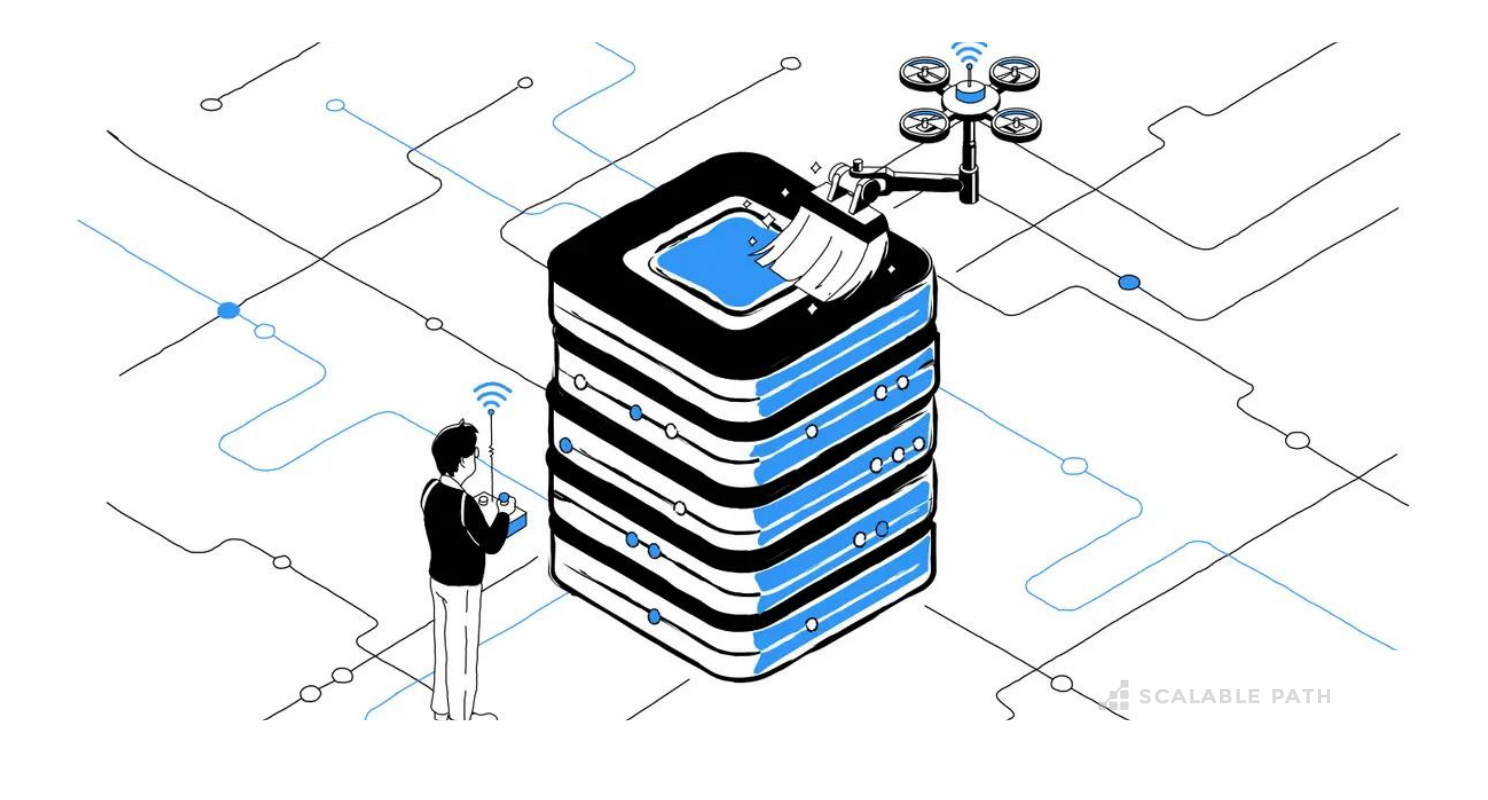How Does ChatGPT Actually Work? An ML Engineer Explains

ChatGPT has quickly become a go-to tool in the world of AI since its launch. And it’s easy to see why: ChatGPT can generate cohesive, grammatically correct written content based on prompts, translate text, write code, and perform countless useful tasks for marketers, developers, and data analysts.
Don’t feel like reading? We made a video that you can listen to or watch at your leisure.
Table Of Contents
In the first five days after its launch, over a million users had already used ChatGPT to answer questions on various topics. While its capabilities have been impressive, from writing song lyrics to simulating a Linux terminal, the inner workings of ChatGPT remain a mystery to many. However, understanding how ChatGPT works is important not just for satisfying our curiosity, but also for unlocking its full potential. By demystifying ChatGPT’s inner workings, we can appreciate its capabilities better and identify areas for improvement. So how does ChatGPT work, and how was it trained to achieve such exceptional performance?
In this article, we’ll take a deep dive into the architecture of ChatGPT and explore the training process that made it possible. Using my years of experience as a machine learning engineer, I’ll break down the inner workings of ChatGPT in a way that is easy to understand, even for those who are new to AI.
ChatGPT: How OpenAI’s Neural Language Model Works
ChatGPT is a language model that was created by OpenAI in 2022. Based on neural network architecture, it’s designed to process and generate responses for any sequence of characters that make sense, including different spoken languages, programming languages, and mathematical equations.
How do Neural Network Architectures Work?
Neural networks are composed of interconnected layers of nodes, called neurons, that process and transmit information. ChatGPT’s neural network takes in a string of text as input and generates a response as output. However, as with most AI models, neural networks are essentially complex mathematical functions that require numerical data as input. Therefore, the input text is first encoded into numerical data before being fed into the network.


